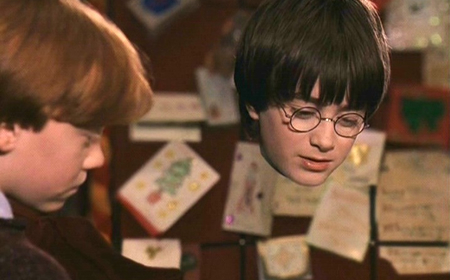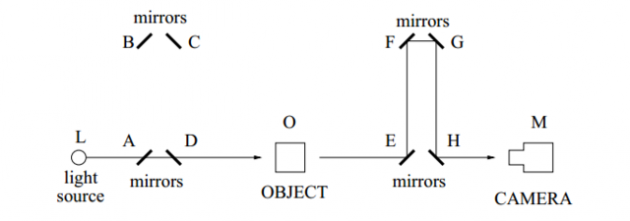Mathematician's Theoretical Time Cloak Model Will Use Mirrors To Jump Time
2013.08.15

Can time cloaks be possible? A Northwestern mathematician just showed that it doesn't have to be hard at all.
Miguel Lerma published a paper describing a new, simple kind of time cloak. If you're looking at a clock, the hands move steadily, but with a cloak in place, it would appear to skip seconds or even minutes.
Previous time cloaks create that kind of jump by bending or expanding light around the cloaked event using lenses. But instead of lenses, how about mirrors?
Lerma's model uses mirrors to bounce light directed at the clock at an extra distance to create an effect of the light slowing down. Technology Review explains it:
This extra distance essentially slows down the lights before it hits the clock. After it has been reflected, the light can be speeded up by avoiding the diversion so that it does not travel the extra distance.
This creates a gap during which any change the clock cannot be seen. However, an observer watching the clock sees it jump in time without any change in illumination.
Jumping time never sounded so mathematically fascinating. Read more over here: [Technology Review]This creates a gap during which any change the clock cannot be seen. However, an observer watching the clock sees it jump in time without any change in illumination.

More Articles
Copyright © Fooyoh.com All rights reserved.